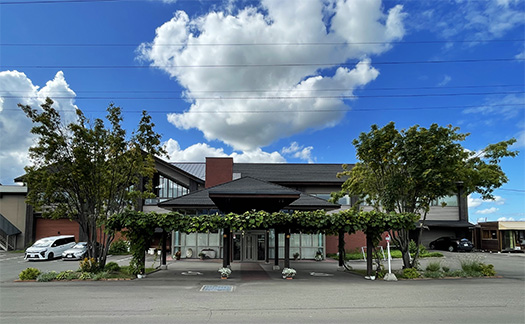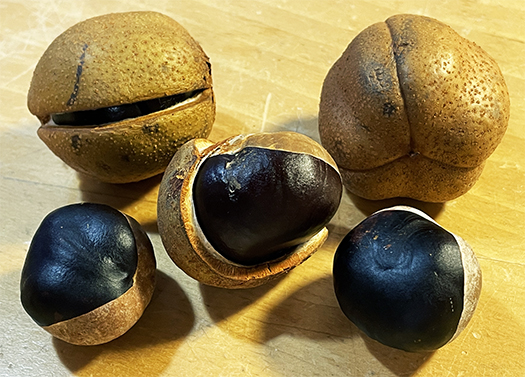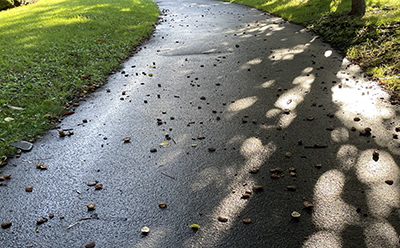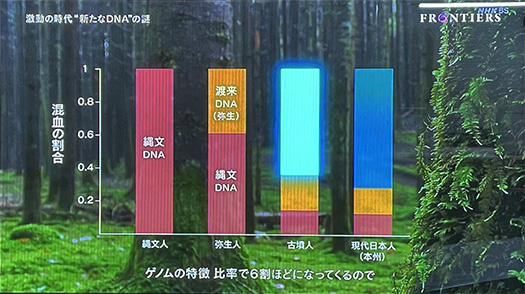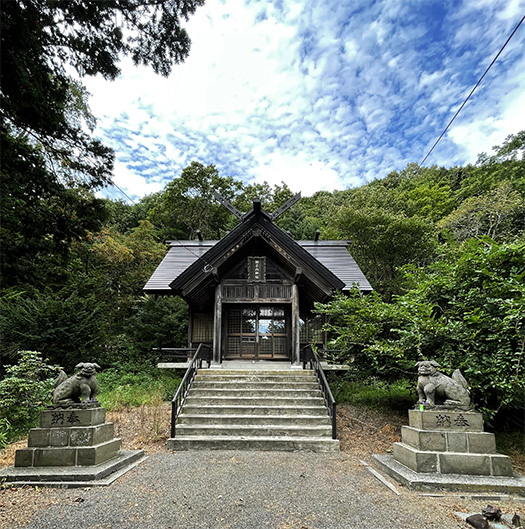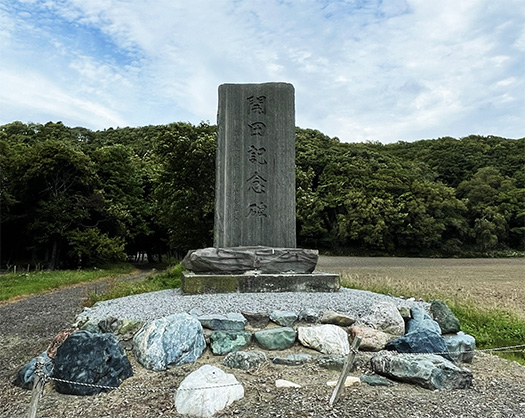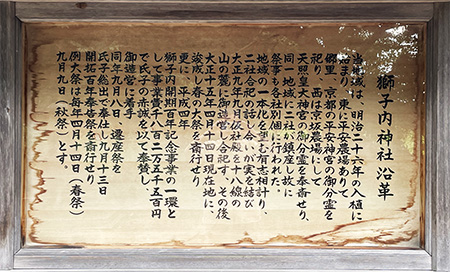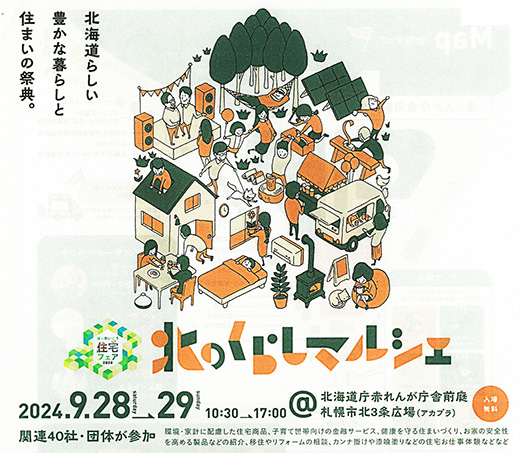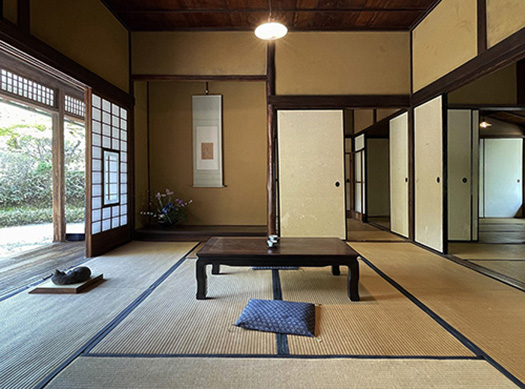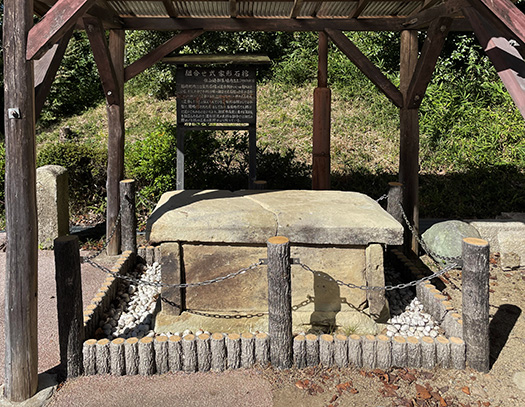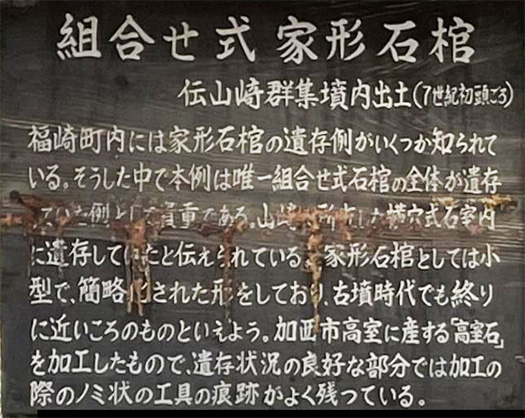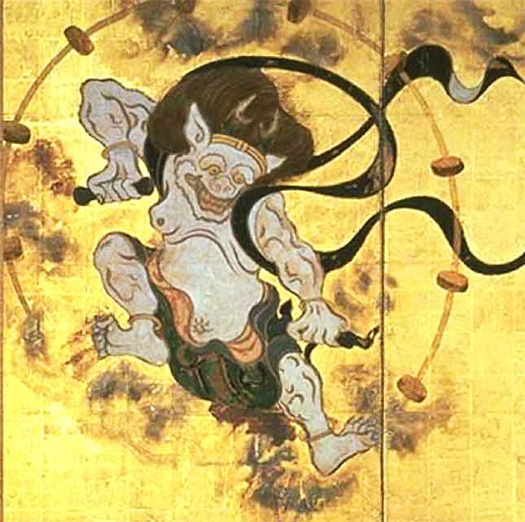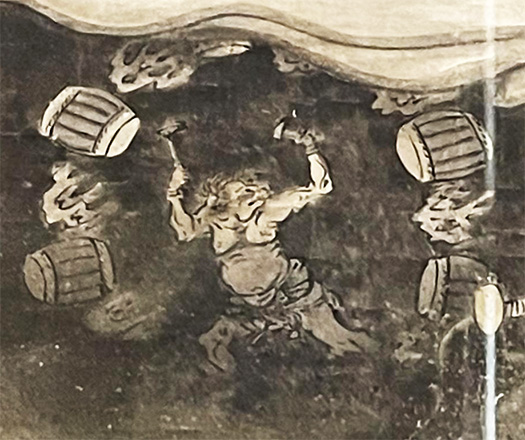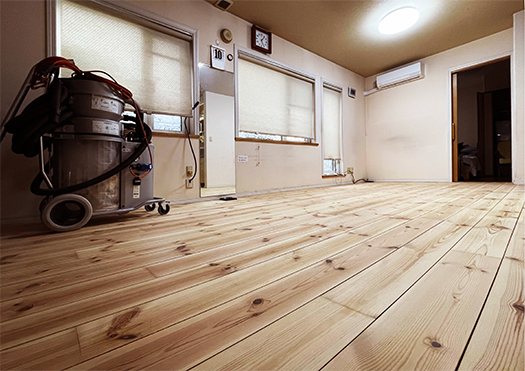
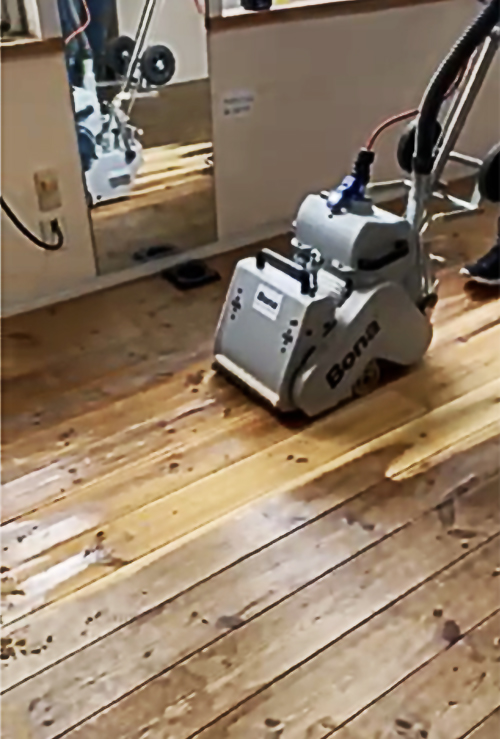
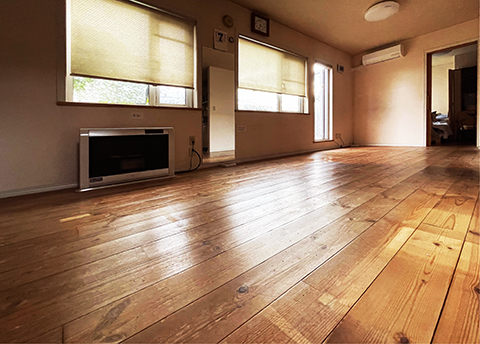
わたしの本拠地は札幌市西区山の手ですが、こちらは職住一体の環境でもあり「公的」な関わりの方が大きな割合になってきています。そこで住宅建築そのものはわたしのプランで建設していたもう一軒の方の改装計画を徐々に進めてきています。
こっちは新設会社(とは言っても個人企業ですが)の本拠兼用みたいに機能させればいいかと考えています。近隣には大企業の施設が集中し、また住宅企業のモデルハウス住宅展示場などもある環境。高速道路へのアクセス環境が抜群で、これからの移動交通の利便性という意味では、札幌市内でもかなり面白い立地条件。たぶんこれからの「都市環境」の条件を考えたら、発展可能性が高いのではないかと思っています。
そういう計画に取り組み始めたら、いろいろ近隣関係も深まって変化が起こってきている。一種の「地域改造」的な機縁にもなってきています。自分自身の方向性としても、可能性が広がっていく環境だと思っています。
さてその住宅内部ですが、コストはそう掛けなかったけれど、素材自体はシンプルに本物素材を使っていた。とくに愛着に直接つながる床材については吟味して、パインの無垢板を張っていました。建築当時はその無垢板の芳香が漂っていて、うれしかったことを記憶している。それがあまりにも心地よかったので、その後、汚れを防止するためにワックス掛けを仕上げなければならなかったのに、ついつい放置してしまっていた。以来、24年の歳月が流れて、やはり床は黒く変色していた(3枚目の写真)。写真は1枚目と3枚目が「使用後・使用前」。
この無垢材は厚みも十分にあるので汚れたら表面を削って、研磨することでメンテナンスできるのですが、どうもそういう需要はあんまりないようで、専門の業者さん探しにカミさんは苦労した。確かにそうした方がいいとは思っても、実際に住みながら家具なども固定的に配置させると、それを全部移動させてメンテナンスするというのは、かなり思い切りが必要。
今回はわたしの「再活用」プランがあって、大量の家具・モノの整理整頓に取り組めたことから、「ここまでしたら、やっぱ、床も再生させたい」という願望が盛り上がって実現できた次第。
削り出し・研磨の業者さんが持ち込んでくれた機材は、北欧製とのこと。世界に冠たる日本の技術ではなかった。そのことは日本の住宅需要のある側面を表していると思える。やはり北欧の木の文化にはまだまだ学ぶべきことが多いと痛感させられた。
しかし研磨後のパイン材の芳香の復活再生には、一同、驚かされることひとしお。「やっとわたしの本来の姿に戻れたわ」という素材のよろこびの声も伝わってくるかのよう。やっぱり「真物」の価値はなにものにも代えがたい。
English version⬇
Aroma revival by grinding and polishing solid floors!
The “impression” is stored in the real material. The invisible value of fragrance is amazingly regenerated. A value that transcends aging. ・・・・・.
My home base is in Yamanote, Nishi-ku, Sapporo City, where the work and residence are integrated, and the “public” involvement is becoming a larger proportion of my work. So we are gradually moving forward with plans to renovate the other house, which was being built according to my plans.
I am thinking of making this one function like the home base of a newly established company (although it is a private company). The neighborhood has a concentration of large corporate facilities, as well as model homes and exhibition halls for housing companies. Compared to the Yamanote area, this location has excellent access to the expressway, making it a very interesting location within Sapporo in terms of future convenience of transportation. I think it probably has high development potential in terms of future “urban environment” conditions.
Once we started working on such a plan, various neighborhood relations have deepened and changes are taking place. It is also becoming a kind of “community remodeling” opportunity. I believe that this is an environment where possibilities are expanding in terms of my own direction.
The interior of the house was not very costly, but the materials used were simple and genuine. In particular, the flooring, which is directly linked to the house’s attachment to its owners, was carefully selected and covered with solid pine boards. At the time of construction, I remember being happy to smell the aroma of those solid boards in the air. It was so pleasant that I had to finish waxing it to prevent stains afterwards, but I had neglected to do so. Twenty-four years have passed since then, and the floor was still discolored black (third photo).
This solid wood is thick enough to be maintained by scraping and polishing the surface when it gets dirty, but apparently there is not much demand for that kind of work, and Kami had a hard time finding a professional contractor. Even though it is true that it would be better to do so, it takes a lot of determination to move and maintain all the furniture and other items that are fixed in place while actually living in the house.
This time, my “reuse” plan allowed me to rearrange a large amount of furniture and objects, and this in turn stimulated my desire to revitalize the floor as well.
The equipment brought in by the scraping and polishing company was made in Scandinavia. It was not world-class Japanese technology. This fact seems to indicate a certain aspect of Japan’s housing demand. It made me realize that there is still much to learn from the Scandinavian wood culture.
However, we were all surprised to see the aromatic pine wood revive and regenerate after being polished. It was as if we could hear the joy of the material saying, “I can finally return to my original state. The value of the “real thing” is irreplaceable.
Posted on 9月 11th, 2024 by 三木 奎吾
Filed under: 住宅取材&ウラ話 | No Comments »


